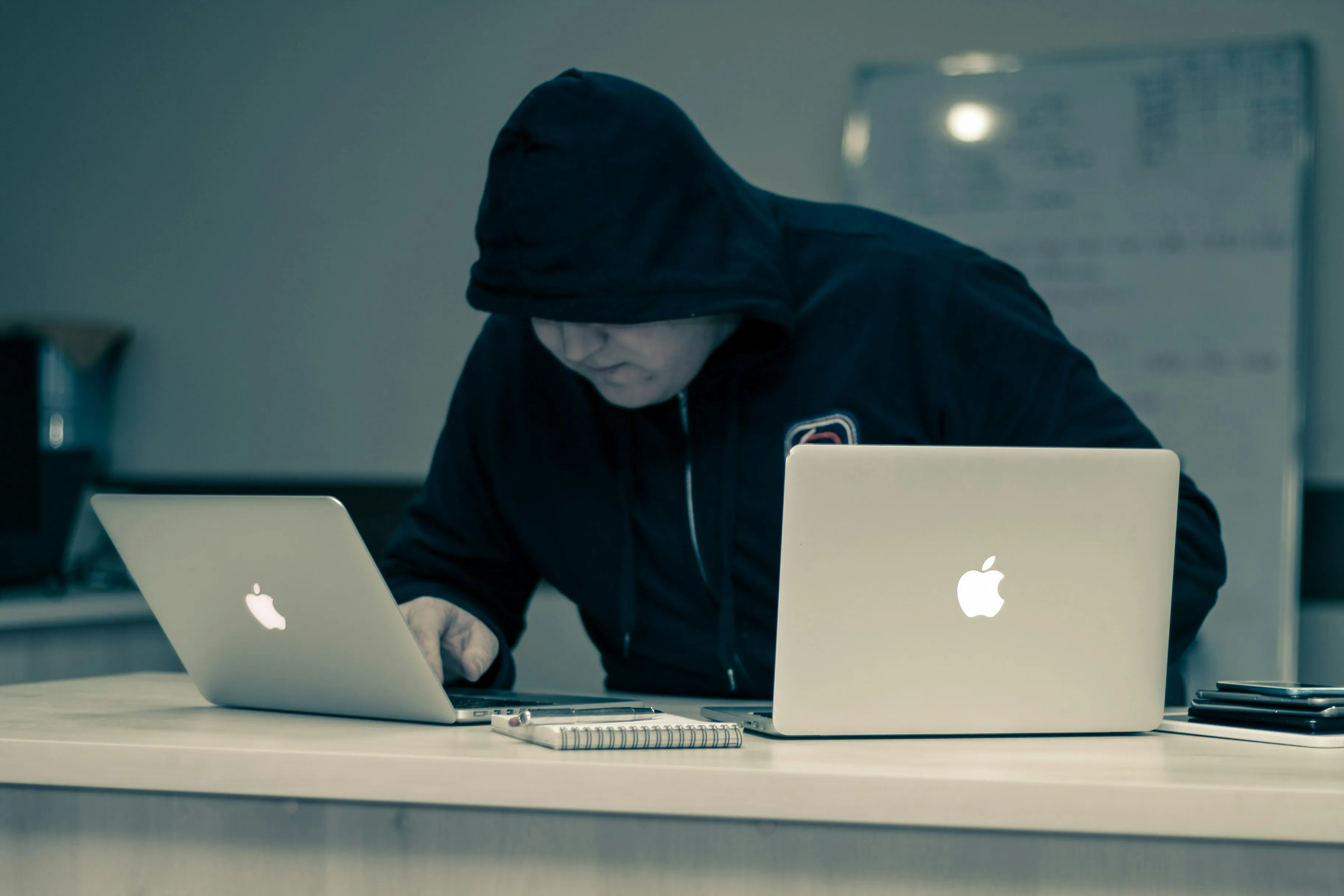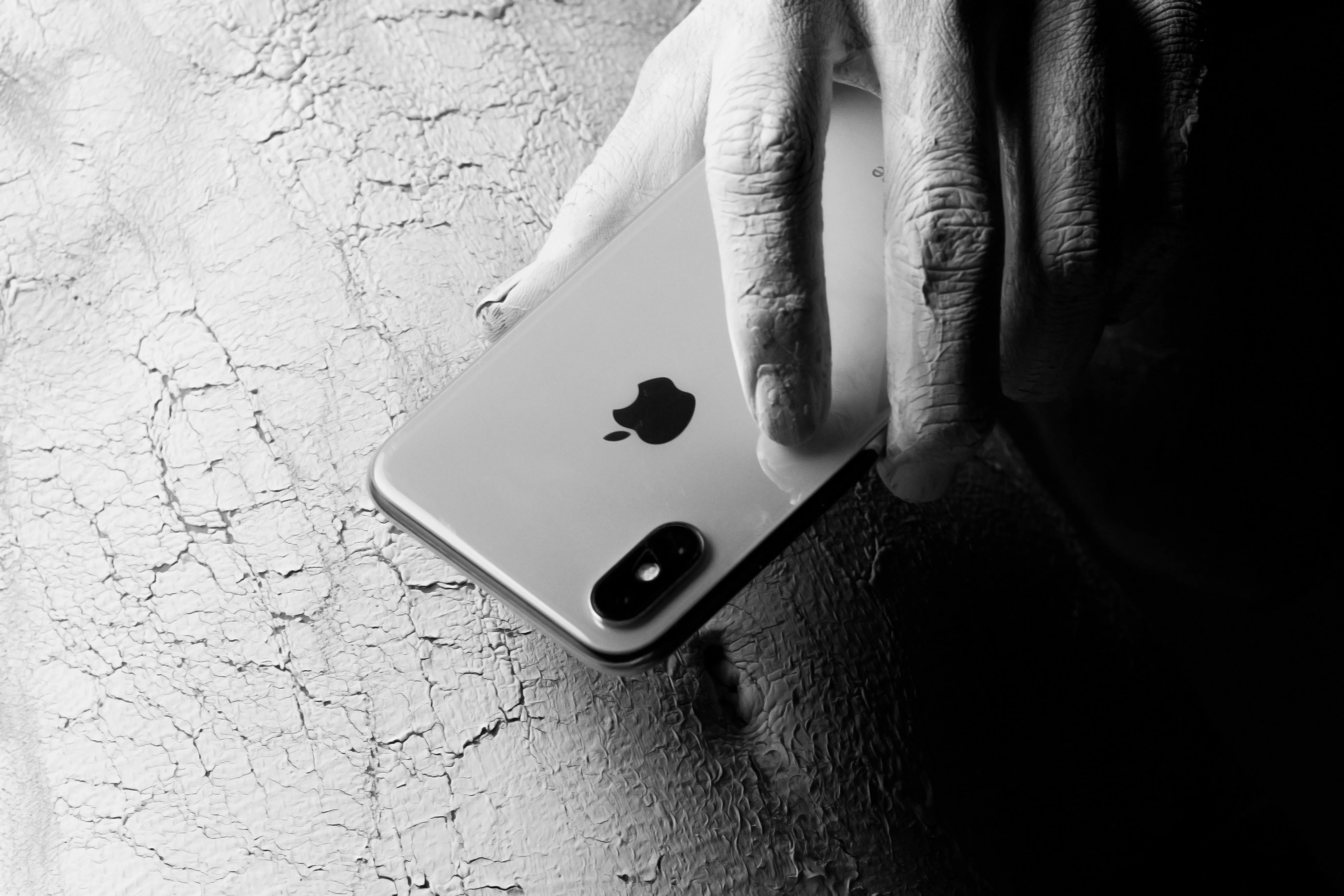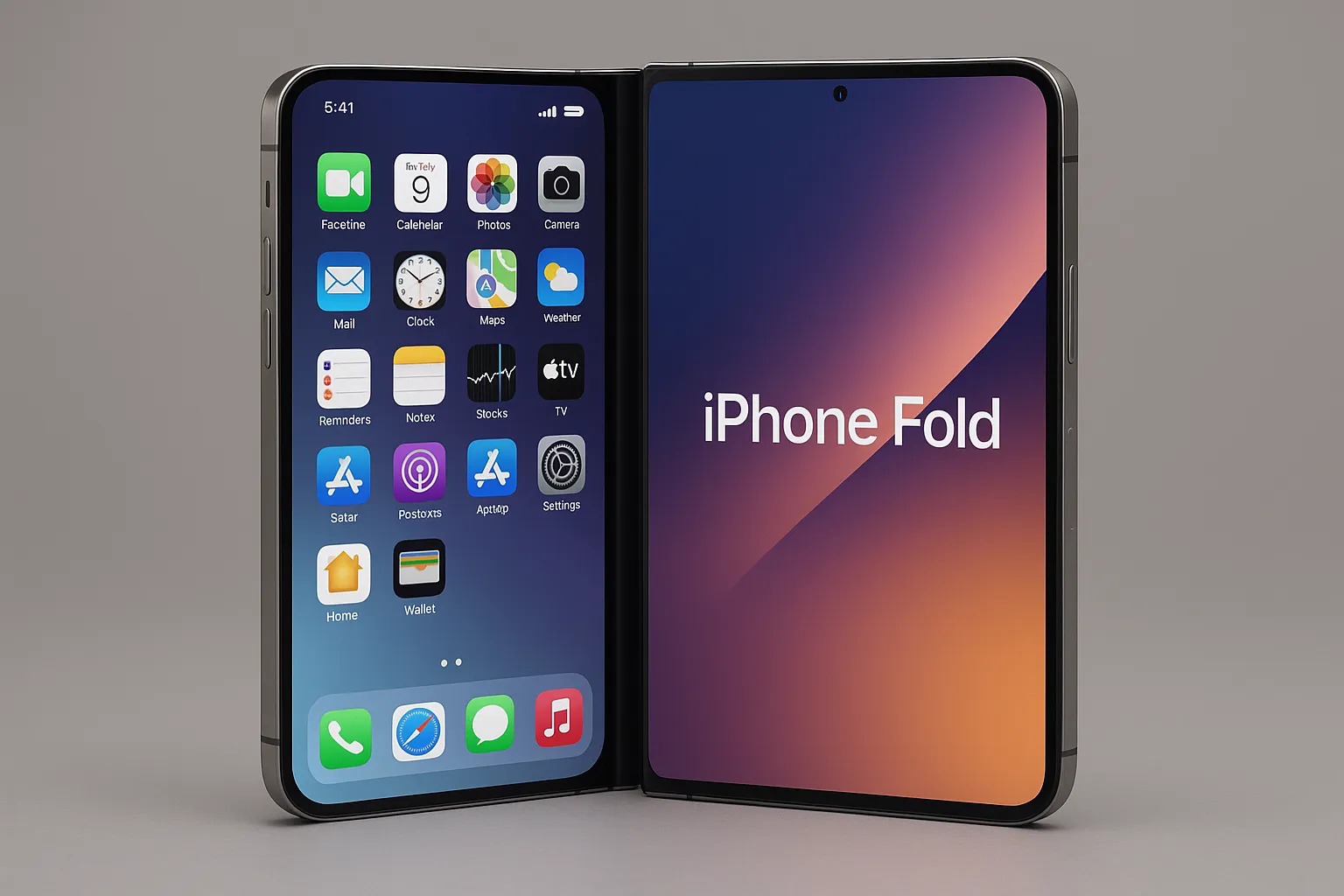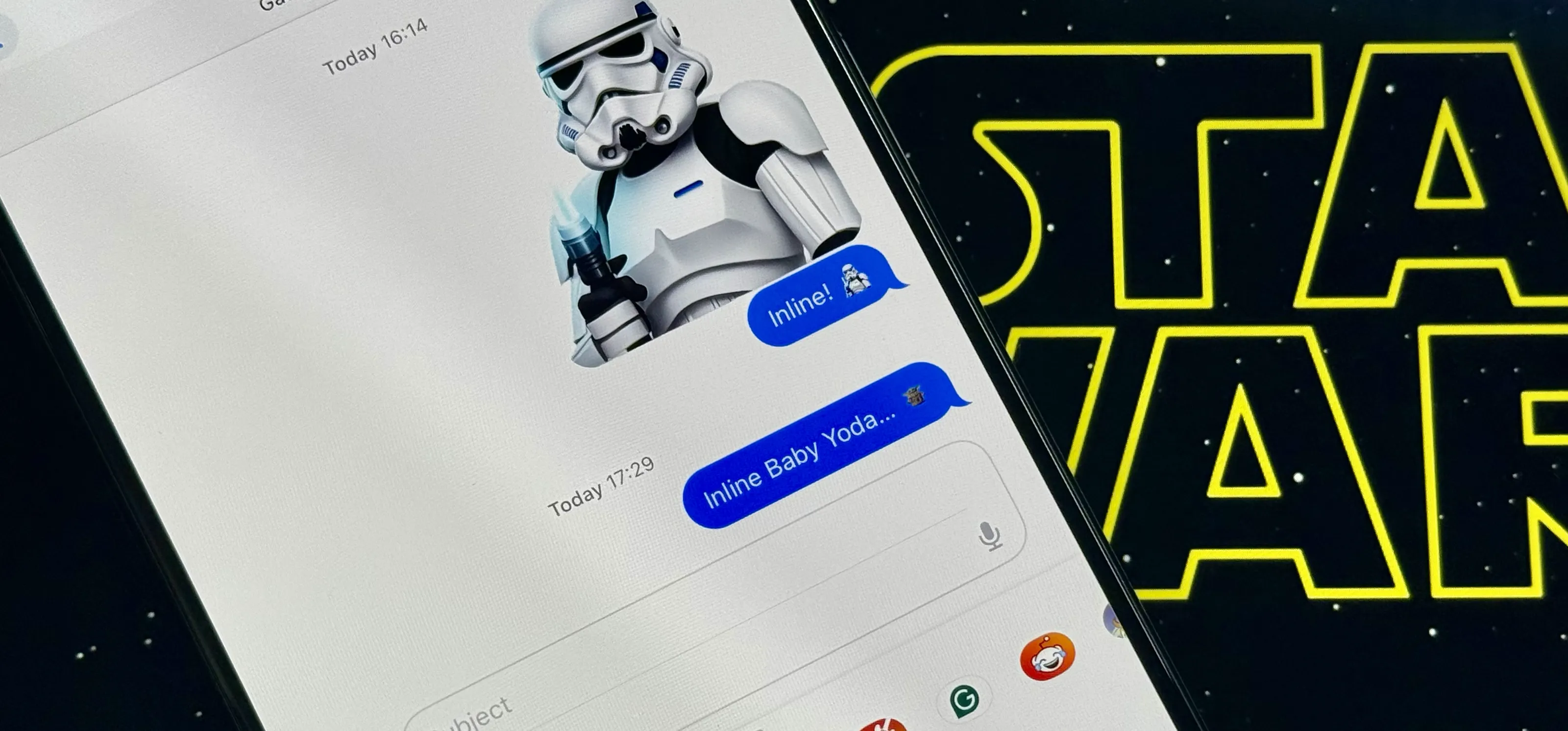The original iPhone SE was, for some, the perfect iPhone. It brought back the popular one-handed form factor of the iPhone 5 but packed in the internals of the then-new iPhone 6S. Now, the second-generation iPhone SE is here for 2020, but can it live up to what made the first-generation iPhone SE so popular?
That depends on what you're looking for a "Special Edition" iPhone. If you want the small body size of the original iPhone SE, you'll be slightly disappointed. But if you're a big fan of Touch ID over Face ID, then you'll be glad there's a Home button on the 2020 iPhone SE. Either way, it's been four years since the first model, so it's probably not worth it to wait another four years for a slimmed-down budget iPhone. The second-generation iPhone SE may just your best option for years to come.
- Don't Miss: 200+ Exciting New iOS 13 Features for iPhone
Jump to a section:Name | Dates | Storage | Prices | Body | Basics | Display | Performance | Battery | Front Camera | Rear Camera | Audio | Sensors | Connectivity | Security | Software | In the Box | Plus Model?
1. Names
There were plenty of rumors of what the second version of the Special Edition would be called, but the two big ones were "iPhone 9" and "iPhone SE 2." While neither is the official name, the latter is much closer. Apple is simply calling it the "iPhone SE" again, or more technically, the "iPhone SE (2nd generation)." But you'll also likely see "2020 iPhone SE" in an unofficial capacity.
- iPhone SE (2nd generation)
2. Dates
Rumors had the second-gen iPhone SE being announced on March 31, 2020, with preorders going live shortly thereafter, but the COVID-19 pandemic forced Apple to delay a bit. At least, that's what the thinking is if those really were its intended target dates.
Apple officially announced the 2020 iPhone SE on April 15, 2020, in its Newsroom post. Preorders start on Friday, April 18, beginning at 5 a.m. PDT, available from apple.com or the Apple Store app. The full release is on Friday, April 24, in which it will be in stores for immediate purchase in the US and in more than 40 other countries and regions.
- Announcement date: April 15, 2020 (Wednesday)
- Preorder date: April 17, 2020 (Friday)
- Release date: April 24, 2020 (Friday)
3. Storage
According to rumors from the beginning of April 2020, we were supposed to see 64 GB, 128 GB, and 256 GB models, and that's exactly what the second-gen iPhone SE is available in. Of course, in proper Apple fashion, there is no option for expandable internal storage. However, it will let you connect compatible external flash drives to transfer files and media with ease.
- Storage available: 64 GB, 128 GB, and 256 GB
- Expandable storage: no, but external drives supported with Files app
4. Prices
Other than the form factor, the main reason to spring for the second-gen iPhone SE is the price. Right before the new iPhone SE was announced, Apple was selling its iPhone 8 starting at $449, and the 2020 iPhone SE starts at even less. While it's not as cheap as the original iPhone SE on clearance that Apple was selling in 2019 for as low as $249, the prices are great for all the new tech included.
The new iPhone SE runs at $399 for the 64 GB, $449 for the 128 GB, and $549 for the 256 GB. For AppleCare+, it'll be even cheaper than the iPhone 8 plans were. So that's $79 (or $3.99 per month) for the regular AppleCare+ plan and $149 (or $7.99 per month) for the AppleCare+ with Theft and Loss protection.
- iPhone SE Price: $399, $449, and $549
- AppleCare+: $79 (or $3.99/month)
- AppleCare+ with Theft and Loss: $149 (or $7.99/month)
5. Body
The most important thing you'll probably want to know about the new iPhone SE's body is the colors available. Just as rumored, you can choose between white, black, and PRODUCT(RED), and the front is an all-black design no matter which color the phone is.
As for the materials, the new iPhone SE has an "aerospace-grade aluminum and durable glass design." Apple also states that "the rear glass finish includes a centered Apple logo and is made using a seven-layer color process for precise hue and opacity, delivering rich depth of color with a color-matched aluminum band."
- Frame: aerospace-grade aluminum
- Back: glass
- Finish: black, white, and PRODUCT(RED)

Apple
As for its environmental impact, the iPhone SE, according to Apple, includes 100% recycled rare earth elements in the Taptic Engine14, 100% recycled tin in the solder of the main logic board, and 35% or more recycled plastic in multiple components. The enclosure is also made recyclable, low-carbon aluminum.
It has an arsenic-free display glass, mercury-free display, and it's free of BFR, PVC, and beryllium. For more information on the green aspect the new iPhone, read Apple's iPhone SE Environmental Report.
6. Basics
For the longest time, we thought the 2020 iPhone SE would resemble the original iPhone SE in form factor. Over the last couple of years, the rumors changed to copying the iPhone 6, 6S, 7, and 8 design, and that's precisely what happened. Sorry, 4-inch iPhone fans, the iPhone 5 design appears to be dead as a doornail.
The device's height, width, depth, and weight are identical to the non-Plus-sized iPhone 8, which is surprising since the weight usually varies. For instance, the iPhone 7 weighed 0.35 ounces less than its iPhone 8 successor.
As for the new iPhone SE's water and dust resistance? We were hoping it would get IP68 protection, which all new iPhones since the iPhone XS have been, but it retains the IP67 rating of the iPhone 8. That means you get water resistance up to one meter for 30 minutes. Apple does state, however, that "splash, water, and dust resistance are not permanent conditions, and resistance might decrease as a result of normal wear."
- Height: 5.45 inches (138.4 mm)
- Width: 2.65 inches (67.3 mm)
- Depth: 0.29 inches (7.3 mm)
- Weight: 5.22 ounces (148 grams)
- Dust/water resistance: IP67 under IEC standard 60529
- Mobile network operators: AT&T, Sprint, T-Mobile, Verizon

The environmental operating requirements for all iPhone models have remained unchanged since first established on the iPhone 7, and nothing changes here on the iPhone SE (2nd generation).
- Operating temp: 32° to 95° F
- Nonoperating temp: -4° to 113° F
- Relative humidity: 5–95% noncondensing
- Operating altitude: up to 10,000 feet (though could be more)
7. Display
Just like the iPhone 8, the new iPhone SE has Apple's Retina HD display and a 4.7-inch widescreen LCD multi-touch display with IPS technology. The resolution is also the same, so that means 1,334 by 750 pixels at 326 pixels per inch with a 1400:1 typical contrast ratio. The new iPhone SE doesn't have the sharpest display on the market, but it's not a bad experience by any means.
Also, like the iPhone 8, it's a True Tone, P3 wide color display with the "Display Zoom" feature to view apps, text, and more in either a smaller or larger format. There's also the standard "Reachability" feature so you can drop the screen down with the Home button when you only have one hand available, so you can better reach the top of the display's actionable items.

Apple
It's also got Apple's standard fingerprint-resistant oleophobic coating, but that doesn't mean you won't see fingerprints on the screen. Its maximum brightness lands at 625 nits, the same as the iPhone 7 and 8 models.
The upcoming iPhone 12 and iPhone 12 Pro are rumored to include a 120 Hz variable refresh rate, but the new iPhone SE is stuck at the usual 60 Hz rate. Like the iPhone 8, it also has 60 Hz touch sample and delivery rates.
The display also supports Haptic Touch, not the older 3D Touch technology.
- Screen size: 4.7 inches
- Screen resolution: 1,334 x 750 pixels
- Pixel density: 326 ppi
- Screen type: LCD
- HDR: no
- Notch: no
- Screen-to-body ratio: around 65.4%
- Aspect ratio: 16:9
- Minimum brightness: unknown
- Maximum brightness: 625 nits
- Refresh rate: 60 Hz
- Color temperature: unknown
- 3D Touch: no
- Haptic Touch: yes
8. Performance
What does $399 get you in terms of performance? Well... a lot. Just as predicted, the 2020 iPhone SE includes Apple's A13 Bionic chip with eight-core Neural Engine — the same chips you'll find on the 2019 suite of iPhones. While Apple does not state how much memory is in iPhone models, we know that the smaller iPhone 8 model included 2 GB of RAM, but the new SE is thought to have 3 GB, a slight bump up. That all adds up to an iPhone that performs well for years to come — all for $399.
- Memory: 3 GB RAM
- Processor: Apple A13 Bionic
- Chip size: 7 nanometer
- Coprocessor: unknown
- CPU frequency: unknown
- CPU cores: unknown
- GPU: Apple-designed (unknown model)
- GPU cores: unknown
9. Battery
Since no one has performed a breakdown of the 2020 iPhone SE, we're not sure yet how large the battery is. However, Apple gives the iPhone SE up to 13 hours of video playback and up to 40 hours of audio playback, which is the same as the smaller iPhone 8 model. Apple also states that the SE "lasts about the same as iPhone 8."
After iFixit's breakdown, we know that Apple has kept things the same with a built-in, non-user-swappable 1,821 mAh rechargeable lithium-ion battery powering that A13 chip. So that's 6.96 watts-hour (Wh) and 3.82 volts (V).
Not surprisingly, the iPhone SE comes with Apple's typical 5-watt power adapter and a Lightning to USB cable. We were hoping for that 18-watt charger, but for a budget device, the 5-watt one makes sense. However, the battery is still fast-charge capable with Apple's 18-watt or higher adapters, so that means up to a 50% charge in 30 minutes.
Wireless charging is also included with the iPhone SE, a pleasant surprise for a budget smartphone. It works with any Qi-certified charging pads and mats.
- Battery: rechargeable lithium-ion
- Capacity: 1,821 mAh
- Wireless charging: yes
- Charging port: Lightning
- Wired charging: yes, USB PD (5 or 18 watts)
10. Front Camera
The front-facing camera on the new iPhone SE is similar to the iPhone 8's, with seven-megapixel resolution, an ƒ/2.2 aperture, and auto image stabilization for photos. It has the screen-based Retina Flash, so the screen will flash when taking a selfie in dim lighting. There's no zoom or RAW support, but you do get Live Photos, auto HDR, and Burst mode.
More importantly, there's the bokeh-filled Portrait mode for selfies, complete with Depth Control that lets you adjust how blurred the background is. The iPhone 8 didn't even have the feature! And there's also Portrait Lighting with the Natural, Studio, Contour, Stage, Stage Mono, High-Key Mono effects.
As for the front video shooter, it can shoot up to 1080p HD resolution at 30 frames per second. There's no Slo-mo, but it does support the new QuickTake feature, which is only on the iPhone 11 and 11 Pro models. The feature allows you to shoot video faster while still in photo-taking modes. The iPhone SE also has Apple's standard cinematic video stabilization but no flash or zoom support for video.
Front Camera (Photos)
- Resolution: 7 MP
- Aperture: ƒ/2.2
- Zoom: no
- Flash: screen-based Retina Flash
- Image stabilization: software-based auto image stabilization
- RAW support: no
- Object detection: bodies, faces
- Portrait mode: yes, with Depth Control
- Portrait Lighting: yes, with six effects
- Live Photos: yes
- Burst mode: yes
- HDR: yes, auto
Front Camera (Video)
- Resolution: 1080p HD
- Max frame rate: 30 fps for 1080p
- Slow motion: no
- Aperture: ƒ/2.2
- Zoom: none
- Flash: none
- Image stabilization: software-based cinematic video stabilization
- QuickTake video: yes
11. Rear Camera
While the front camera is impressive for a budget iPhone, the wide rear camera shines even brighter. When it comes to photography, it's got a 12-megapixel six-element shooter with an ƒ/1.8 aperture, just like the iPhone 8. While there is no optical zoom like the iPhone 8 Plus has, it does have the five times digital zoom that the smaller 8 has, as well as a sapphire crystal lens cover.
It's got an LED True Tone flash with Slow Sync, so photos will look pretty good in dim lighting. The optical, auto image stabilization also helps with that. It also supports your typical Apple features, such as geotagging, red-eye correction, Smart HDR, Burst mode, Live Photos, HEIF and JPEG file types, RAW support, autofocus, and panoramas.

Apple
You also get Portrait mode and Portrait Lighting on the rear camera, not just the front-facing camera. So that means Depth Control that lets you adjust how blurred the background is, as well as the Natural, Studio, Contour, Stage, Stage Mono, High-Key Mono lighting effects.
When it comes to video shoots, you can shoot up to 30 frames per second on 720p and 60 frames per second on 1080p and 4K resolution. Plus, there's "extended dynamic range" for video up to 30 frames per second. For Slo-mo video, it can be done at 120 or 240 frames per second on 1080p only. Time-lapse photography is also supported with stabilization.

Apple
There's also optical with cinematic video stabilization, so any home movies you shoot should be relatively steady without the need of a Steadicam-like mount. While there is no Slow Sync, you still get the basic LED True Tone flash to light up your videos in darkness, as well as continuous autofocus, so everything looks good in the finished product.
There's a five-times digital zoom for photography, but you only get three-times digital zoom for video. As good as Apple's software is for digital zoom, we'd recommend not using digital zoom as a make-or-break decision on getting an iPhone SE since we only recommend shooting with optical lenses.
Shooting in stereo sound is built-in, and you can take up to eight-megapixel still images while you're recording any video. And just like the front camera, it has the new QuickTake feature, that allows you to shoot video faster while still in photo-taking modes. It shoots in H.264 or H.65 (HEVC) format, and you can zoom into objects in your videos during playback.

Apple
Rear Camera (Photos)
- Lens: six-element
- Resolution: 12 MP
- Aperture: ƒ/1.8
- Zoom: 5x digital
- Flash: LED True Tone flash with Slow Sync
- Image stabilization: optical with auto image stabilization
- Time of Flight lens: no
- RAW support: yes
- Lens cover: sapphire crystal
- Object detection: bodies, faces
- Portrait mode: yes, with Depth Control
- Portrait Lighting: yes, with six effects
- Formats: HEIF, JPEG, RAW
- Live Photos: yes
- Burst mode: yes
- HDR: Smart HDR
- Geotagging: yes
- Red-eye correction: yes
- Autofocus: yes, with Focus Pixels
- Panorama: yes, up to 63 MP
Rear Camera (Videos)
- Resolution: 720p, 1080p, and 4K
- Max frame rate: 30 fps for 720; 60 fps for 1080p and 4K
- Slow motion: yes, 1080p at 120 or 240 fps
- Time-lapse: yes, with stabilization
- Photos: 8 MP stills while recording 4K
- Zoom: 3x digital
- Flash: LED True Tone flash
- Image stabilization: optical with cinematic video stabilization
- Autofocus: continuous
- Lens cover: sapphire crystal
- Audio: stereo sound
- Formats: H.264, H.65 (HEVC)
- Playback zoom: yes
- QuickTake video: yes
12. Audio
We'd be thrilled if the iPhone SE came equipped with the old-style 3.5-millimeter headphone jack, but those days are over. Ever since the iPhone 7, we've been stuck with Lightning-based headphones, and the 2020 iPhone SE is no exception.
There are built-in stereo speakers, one located on the front by the camera and the other on the bottom next to the Lightning port. So to get pure stereo sound, both speakers should be free of obstructions. There is also a user-configurable maximum volume limit, so you set how high it can go when wearing headphones. As for audio playback types, skip to the "Software" section below.
- Headphone jack: Lightning
- Stereo speakers: yes
- Mics: three total (on the rear, front, and bottom)
- Max speaker volume: unknown
13. Sensors
There was no reason to believe that Apple would change up its usual suite of sensors, and it didn't. So it comes with the Touch ID fingerprint sensor, an ambient light sensor, proximity sensor, accelerometer, three-axis gyro, and barometer, as well as a digital compass and built-in GPS/GNSS.
- Sensors: GPS, barometer, accelerometer, three-axis gyroscope, proximity sensor, digital compass, ambient light, fingerprint
14. Connectivity
Like sensors, Apple didn't change much up in the connectivity department, except that it supports Wi-Fi 6, or 802.11ax, with 2x2 MIMO (multiple-input and multiple-output). While the iPhone 11 models support Wi-Fi 6, the iPhone 8 does not.
There's also Bluetooth 5.0 wireless technology, a Lightning port, iBeacon microlocation, AirPlay, AirDrop, and Gigabit-class LTE with 2x2 MIMO and LAA (Licensed Assisted Access). More impressive, the 2020 SE has dual-SIM capabilities, so you can have one plan on the Nano-SIM card and another plan on the built-in eSIM.
The new iPhone SE has an NFC chip with reader mode, so you can read from NFC tags, not just transmit to other NFC devices, as well as support for Express Cards with power reserve, so you can do things like hop on the local train or subway without even having to look at your iPhone's display.
- Wi-Fi: 802.11ax (compatible with a/b/g/n/ac)
- Bluetooth: 5.0
- NFC: yes, with reader mode
- Cellular: Gigabit-class LTE
- SIM card tray: dual SIM (nano-SIM card + eSIM)
- Port: Lightning
- Other: iBeacon microlocation, AirPlay, AirDrop
For the cellular bands that work, the following applies to the A2275 model.
- FDD-LTE: bands 1, 2, 3, 4, 5, 7, 8, 12, 13, 14, 17, 18, 19, 20, 25, 26, 29, 30, 66, 71
- TD-LTE: bands 34, 38, 39, 40, 41, 42, 46, 48
- CDMA EV-DO Rev. A: 800, 1900 MHz
- UMTS/HSPA+/DC-HSDPA: 850, 900, 1700/2100, 1900, 2100 MHz
- GSM/EDGE: 850, 900, 1800, 1900 MHz
15. Security
For the first time since 2017, Apple is releasing an iPhone with Touch ID, housed in the traditional Home button. While many iPhone fans have probably moved on to Face ID and gesture controls, it's nice to see a new iPhone take on such a classic design. However, Touch ID has a failure rate of one-in-ten-thousand, which is weaker than Face ID's one-in-a-million claim.
Also making a return is USB restricted mode, a security feature that prevents unauthorized third-party devices from connecting to and extracting information from your iPhone. Since the feature is built-into iOS, there was no reason for it to be excluded in the new iPhone SE.
- Security: Touch ID and USB restricted mode
16. Software
The new iPhone SE will have iOS 13 out of the box. While we're not sure if it'll be iOS 13.0 or a newer version, such as 13.3.1 or gthx.app/x5jh7 iOS 13.4, it'll definitely be updatable to the latest iOS 13 version. However, new to just the iPhone SE are three exclusive wallpapers, which anyone can download.
- Software: iOS 13
- Original wallpapers: yes (three)






Built-in features include Wi-Fi or cellular FaceTime video calls, FaceTime audio, voice over LTE (VoLTE), Wi-Fi calling, and full Siri support. A variety of language options, QuickType keyboard, Siri, dictation, dictionaries, and spell check are also available.
The following audio files are supported: AAC-LC, HE-AAC, HE-AAC v2, Protected AAC, MP3, Linear PCM, Apple Lossless, FLAC, Dolby Digital (AC-3), Dolby Digital Plus (E-AC-3), and Audible (formats 2, 3, 4, Audible Enhanced Audio, AAX, and AAX+) files. Video playback support includes HEVC, H.264, MPEG-4 Part 2, and Motion JPEG, as well as High Dynamic Range with Dolby Vision and HDR10 content.
17. In the Box
The 2020 SE sees a similar unboxing experience to other iPhones in its price range. As stated above, there is no 18-watt charger, but the 5-watt charger found with the iPhone 11 and older devices. Apple also leaves out the headphone jack adapter since it has done so for the past two iPhone cycles.
- 2020 iPhone SE
- EarPods with Lightning connector
- USB-A to Lightning cable
- 5-watt power adapter
- Documentation (and Apple stickers!)

Apple
Also, if you buy the 2020 iPhone SE, you get one year of Apple TV+, Apple's subscription TV service that includes shows like "Servant" and "The Morning Show," for free. Just make sure you sign up before three months after activating the phone, or you'll lose the year and will have to pay $4.99 per month with just a seven-day free trial.

Apple
If you have an Apple Card, Apple is offering three percent Daily Cash when you buy the iPhone SE from Apple with Apple Card, so that's something to think about.
18. Will There Be a 2020 SE Plus?
There were murmurs that the 2020 iPhone SE wouldn't be alone. Some thought Apple would release both a 4.7-inch budget iPhone and a larger 5.5-inch option, dubbed the 2020 SE Plus. However, those rumors turned out to be not true, even with evidence for the device in iOS 14's code.
Cover image via Apple






















Comments
Be the first, drop a comment!